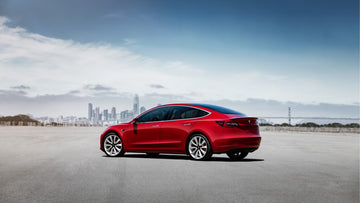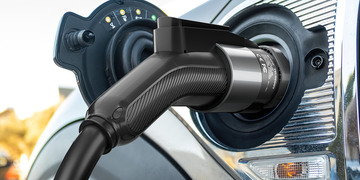As the electric vehicle (EV) revolution gains momentum, the need for a robust charging infrastructure becomes increasingly critical. In the United States, the landscape for EV charging stations is rapidly evolving to meet the growing demand for sustainable transportation. This article delves into the current state of US EV charging stations, exploring their significance, types, and the strides being made to create a widespread and accessible charging network.
The Growth of EVs in the United States:
The United States has emerged as a key player in the global transition to electric mobility. With a surge in electric vehicle adoption, there has been a parallel push to develop an extensive charging infrastructure to support the diverse needs of EV users across the country.
Types of US EV Charging Stations:
Residential Charging Stations:
Often installed at homes, providing convenience for EV owners to charge their vehicles overnight.
Typically Level 1 or Level 2 chargers, offering slower but sufficient charging speeds for daily use.
Workplace Charging Stations:
Found in office parking lots and business premises, encouraging employees to charge their vehicles during work hours.
Usually Level 2 chargers, facilitating a more extended charging time.
Public Charging Stations:
Scattered across urban centers, shopping malls, and public spaces to offer on-the-go charging for EV owners.
Includes a mix of Level 2 chargers and DC fast chargers, catering to varying charging needs.
Highway Charging Stations:
Positioned along highways to support long-distance travel for EVs.
Primarily equipped with DC fast chargers for rapid charging sessions.

The Significance of US EV Charging Stations:
Mitigating Range Anxiety:
The proliferation of charging stations addresses the common concern of range anxiety, assuring EV users that they can access charging facilities during their journeys.
Promoting Sustainable Transportation:
Charging stations contribute to the reduction of greenhouse gas emissions by supporting the increased adoption of electric vehicles, aligning with national and global sustainability goals.
Boosting Economic Growth:
The development and expansion of EV charging infrastructure create job opportunities and stimulate economic growth, positioning the United States as a leader in the electric mobility sector.
Government Initiatives:
Federal and state governments in the US are actively supporting the growth of EV infrastructure through incentives, grants, and partnerships with private entities.
Locating US EV Charging Stations:
Finding a US EV charging station is increasingly convenient, thanks to various tools and platforms:
Mobile Apps: Dedicated apps provide real-time information on the location, availability, and type of charging stations.
Navigation Systems: Many in-car navigation systems include data on nearby charging stations, helping drivers plan their routes accordingly.
Online Maps: Websites and online maps offer comprehensive information on the location and features of EV charging stations across the United States.
US EV charging stations play a pivotal role in shaping the future of transportation, providing a vital infrastructure to support the widespread adoption of electric vehicles. With a diverse array of charging options and a commitment to sustainable practices, the United States is making significant strides in building an accessible and efficient charging network. As the EV revolution charges ahead, the development and expansion of charging infrastructure are key components in steering the nation towards a cleaner and greener transportation future.





